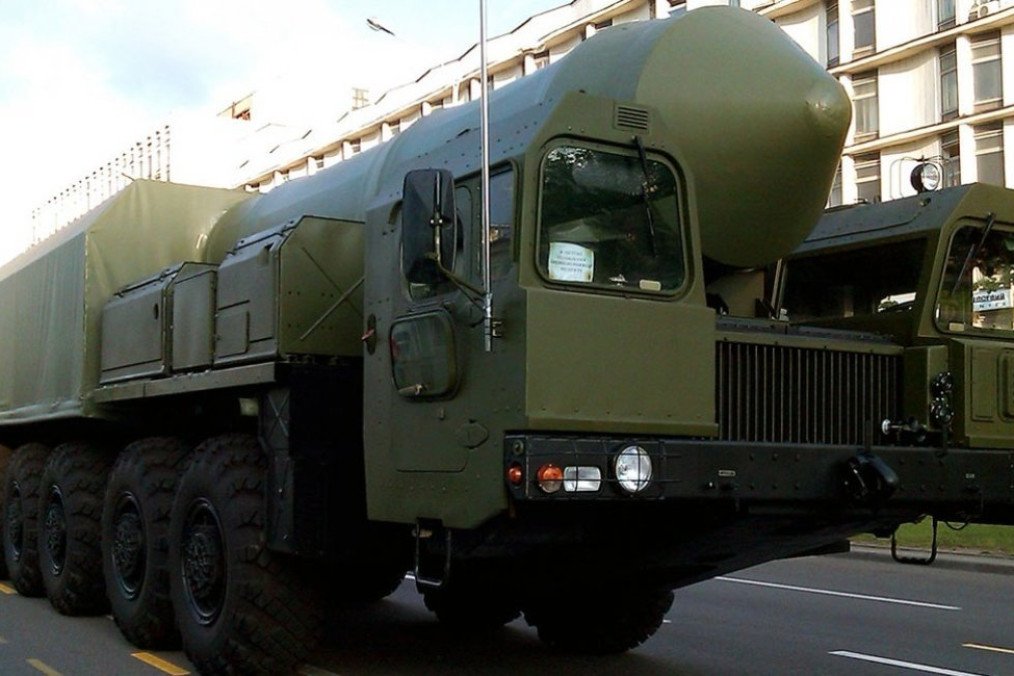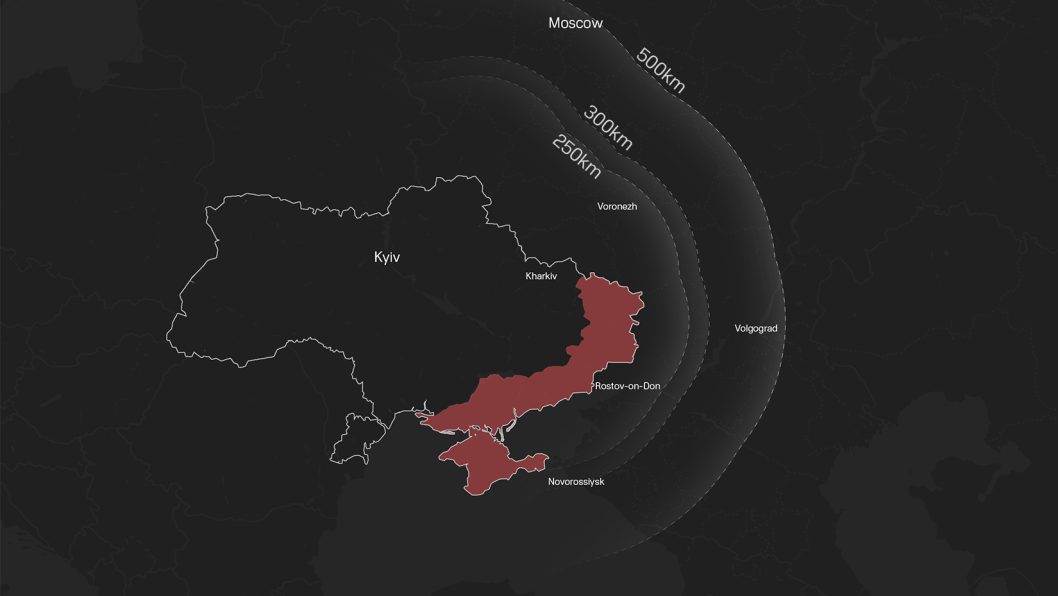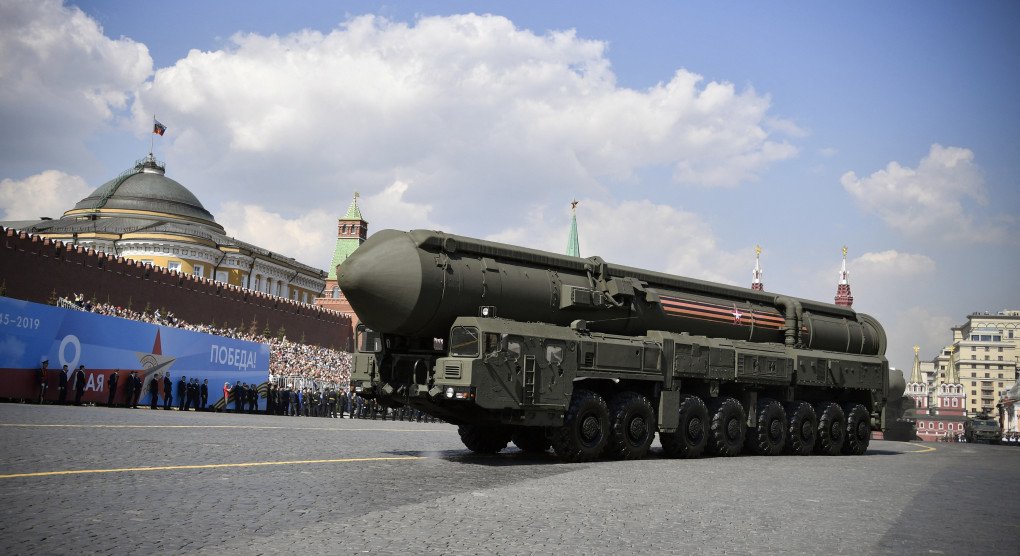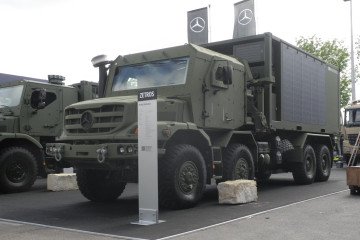- Category
- Latest news
What Is Known About Russia’s RS-26 “Rubezh” Intercontinental Missile and Why It’s Making Headlines

Recent warnings from the US Embassy about potential serious attacks on Ukraine have fueled speculation about Russia’s plans to launch an experimental ballistic missile, reportedly the RS-26 “Rubezh.” This missile, a modernized version of earlier strategic systems, has sparked concerns about its potential deployment and implications for regional security.
Rumors and potential deployment
Reports about the possible launch of the RS-26 appeared on Ukrainian Telegram channels, suggesting that Russia might use this intercontinental ballistic missile without a nuclear warhead. Sources claim the launch could originate from the Kapustin Yar testing range in the Astrakhan region.

Observers speculate that the RS-26 could be deployed in response to Ukraine’s recent successful use of US-supplied ATACMS missiles, which targeted a military depot in Russia’s Bryansk region. The missile’s potential range allows strikes from eastern Russia to avoid Ukrainian air defense systems deployed closer to northern borders.
However, experts note that such claims might be part of a psychological strategy by the Kremlin to exert pressure on Western nations supporting Ukraine.
Technical details and history
The RS-26 “Rubezh” is a mobile-ground ballistic missile system derived from the RS-24 “Yars,” itself a modification of the older “Topol-M” system. First tested in 2012, it reportedly has a range of up to 6,000 km and can carry multiple independently targetable reentry vehicles (MIRVs).

Although the missile demonstrated capabilities beyond intermediate-range limits, development was suspended in 2018, and the RS-26 was excluded from Russia’s weapons program until at least 2027.
Controversies and Western concerns
The RS-26 faced criticism for allegedly violating the Intermediate-Range Nuclear Forces (INF) Treaty. The missile’s range and capabilities brought accusations of treaty violations, contributing to the US withdrawal from the agreement in 2019.
Western analysts believe the RS-26 was designed as a deterrent to NATO’s eastern members and as a response to evolving US missile defense systems.
Current status and speculation
While official information about the RS-26 remains limited, Russian threats to resume the production of intermediate-range missiles in 2024 suggest the system could be revived. Analysts highlight that Moscow has the technical capacity to restart production based on existing designs and infrastructure.






